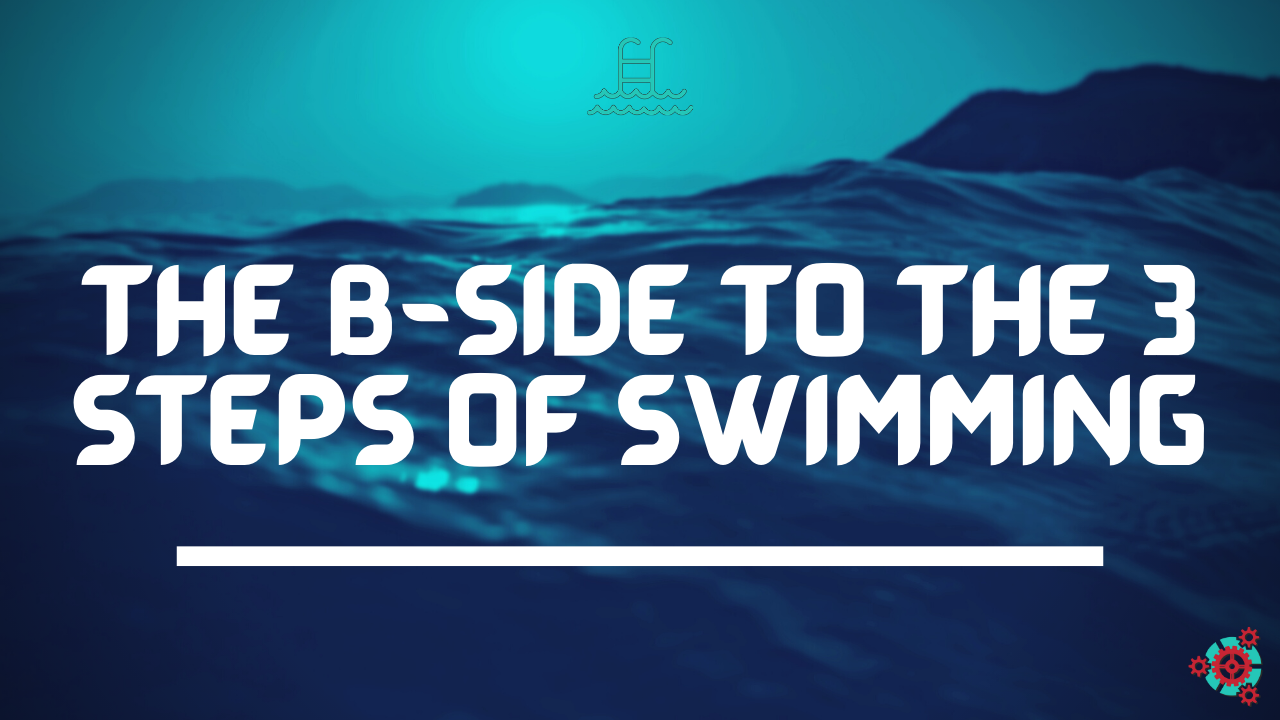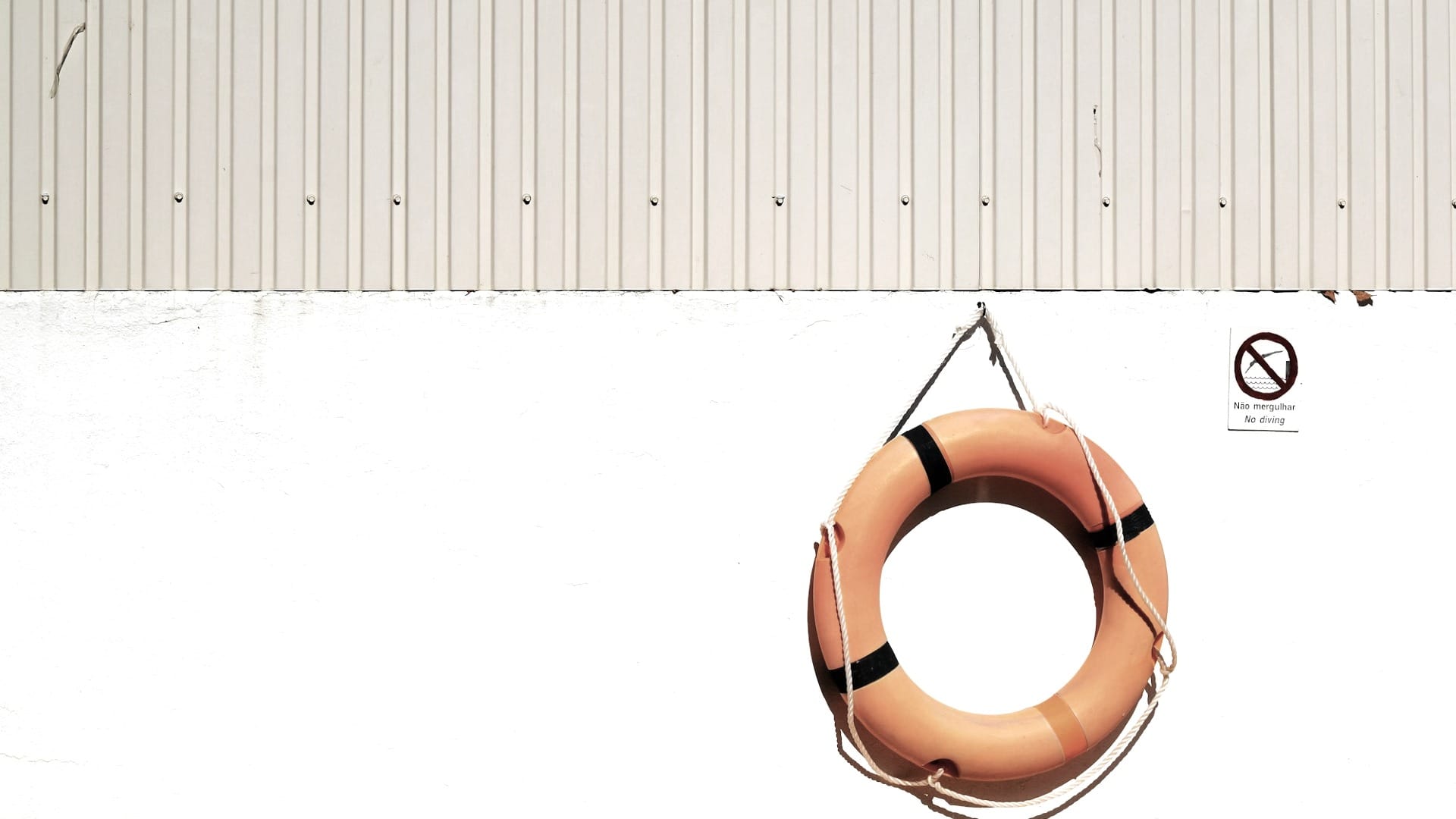Take the cassette, and flip it over to get the other side!
Some of you may not be old enough to remember the old cassette tapes! However those are what I am referencing today in this newsletter.
Why + Philosophy:
I created the simple Three Steps of Swimming, in order to allow people to learn at their own pace. It was a basic enough system that it could apply to anyone, be remembered by them in the most important moments, as well as help identify what step they were struggling with most.
By breaking it down to Legs, Face, Arms, then you could see what step along the way they were most challenged by. Are they failing to kick, looking up too much, or smacking their hands?
Maybe they were advance, and that is what we are talking about today. This is about the B-side of the Three Steps. The secondary portions meant for people a bit more farther along, and have trained the first half of the 3 Steps into muscle memory. If you aren’t there yet read on too, but remember to focus on the A-side mostly.
How + Physics:
While the A-side of kicking focuses more on the straightening of the legs, the B-side is about kicking consistently. It is a simple addition, and purely is don’t stop kicking. Easy to say in words, but in practice a lot of people fail to kick. Especially when focusing on other aspects of swimming.
In the Face down newsletter I mentioned a little bit about the B-side, as you continue going down. Instead of just putting your face underwater (face down), you keep going down by looking down. Getting your chin to your chest essentially, dropping it lower, and the water flowing over your head. Increasing your hydrodynamic potential, and oftentimes speed as a result.
Finally, we now get to the arms. Probably the chin down is going to be complicated to learn, but so are the arms as well. When you bring the arms out it helps with less resistance, but when diving back in you actually miss out on a lot of movement potential. You’re essentially diving in at a 45 degree angle, and the space from the top of your hand to the surface of the water is missed out on. However if you were to smack the water you’ll waste too much energy. Instead what you can do is reach out farther AFTER diving, and by doing that your hand will be close to the surface. Then you can pull, and reach the maximum distance of pulling your arm can do.
The Three Steps A+B Sides:
- Kicking Legs Straight | Consistently
- Face Down | Chin Down
- Arms out the water, Diving Back In | Reach out and Pull
What + Psychology:
Where it gets interesting is in the mind. I made the Three Simple Steps in order to make it easier for people to remember. However adding a B-side is actually kinda counter intuitive, as it complicates things more. One thing I’ve learned with my toying with Notion.so a productivity tool, is that when designing my second brain in there; Human minds like chunks of three, six, or nine. Particularly three or six. If you try to do 2 or 5 for example there sometimes can be a confusion.
However I’ve noticed over the years that by making it into three’s it helps just absorb the info quicker. When I had students get to a more advanced level, such as when you would be learning these “B-side” steps. They really needed another system to learn them off of, and since they are directly related to the original A-side of the steps. I thought it would be insufficient to just make a separate trio, but rather add them to the existing system.
Now mind you I don’t normally MENTION the B-side, as to not overload a student’s focus. I want you to master the first half well before you even think about the second half.
Conclusion
Whether you are advanced or just starting out it can’t hurt to just know these steps exist. I thought this newsletter would be helpful because for someone out there it is going to just “click”. Then they will be able to do something in the pool, that they weren’t able to before. All because of this system.
For the newer swimmers knowing where your steps are currently leading you into helps you put things into perspective. Allowing for a path way to be revealed, and hopefully motivate you more.
Disclaimer:
This is advice for people to level up their swimming, or perhaps get started in the first place. While you swim you should make sure you are doing so in a public facility with a lifeguard on duty for safety.
![Official Website for Dustin Miller PolyInnovator [LLC]](https://polyinnovator.space/content/images/2025/03/polyinnovator-logo-2024.png)











